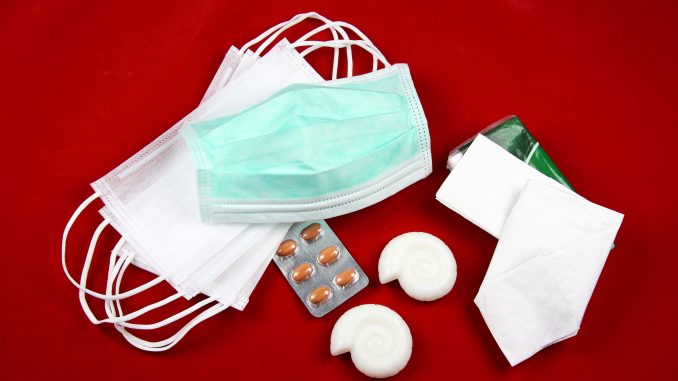
As a modern driver, you probably had safety pounded into your head since before you even started to take driving lessons.
But most of that advice was about driving itself. What happens when your car breaks down?
Sure, you might have AAA or some auto club that you can call, but they may take a while to get there — especially if you’re out in the middle of nowhere.
Emergency Essentials Put You in Control
AAA alone gets 30 million calls a year for assistance, and while they’re very good at what they do, they’re probably not going to arrive immediately.
Here are seven inexpensive emergency essentials you can keep in your car that’ll keep you safe and secure while you wait.
They may even get you back on the road!
1. Portable Phone Charger.
You may be thinking to yourself, “I have a USB port for phone charging!” Maybe you even have one of those old-fashioned cord chargers that plugs right into your lighter.
What happens if your car is out of juice?
You can’t always depend on your car’s battery to charge your phone for you. Solution: get a portable phone charger and keep it in your purse or glove compartment.
2. Electronic Flares.
Forget old-fashioned road flares. They’re weak, they die out, they lose their potency over time.
Instead, invest in some modern LED flares. They last forever, they come with rechargeable batteries, they light up the entire road (up to 3000 feet in some cases) and you can attach them magnetically right to your car.
Throw in some of those reflective road triangles while you’re at it. A whopping 17% of road fatalities involve pedestrians who weren’t seen in time — and that number is only going up.
3. Driver’s Tool Kit.
A handy driver’s toolkit will empower you to make minor repairs that will at least get you to your next destination. Good ones will contain screwdrivers (both regular and Phillips) ratchets, wrenches, and maybe even some duct tape.
If you’ve lost or misplaced a copy of your car’s manual, download one and keep it with you at all times, so you know what you can fix and how.
4. A Good Pair of Gloves.
There are two reasons you should actually keep gloves in your glove compartment.
One, they’ll protect your hands if you have to change a tire or fool around under the hood, and two, they’ll keep your hands toasty warm in cold weather.
5. First Aid Kit.
A basic auto first aid kit should contain aspirin and non-aspirin headache relief, basic bandages and tape, antibiotic ointment, some sort of antiseptic towelettes, pills for car sickness, and plastic gloves.
If the worst does happen, you may be able to provide crucial care to yourself or someone else while you wait for the EMT.
6. Jumper Cables.
Jump-starting your battery is easy to do, once you know how — and you can even get portable battery packs so that you don’t have to rely on someone else’s car battery or a good Samaritan.
7. Food and Water.
Few of us remember to keep the basics on hand. Keep yourself hydrated with some bottled water, and also stash something that’ll give you lots of energy and stay good forever, like a protein bar.
Emergency Essentials Keep You Safe
There’s no reason not to stay prepared when out on the road, and also no reason to become a casualty when you suddenly transform from driver into pedestrian.
Keep these emergency essentials on hand; they’re easy to use and will fit in even the smallest of cars, keeping you prepared for almost anything the road will throw at you!
